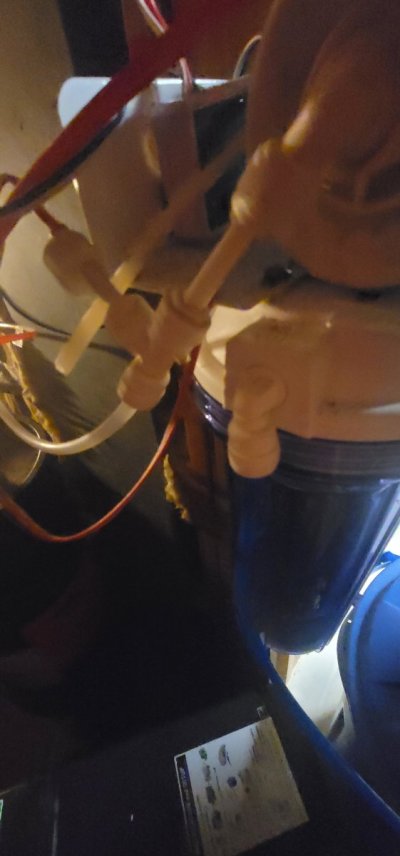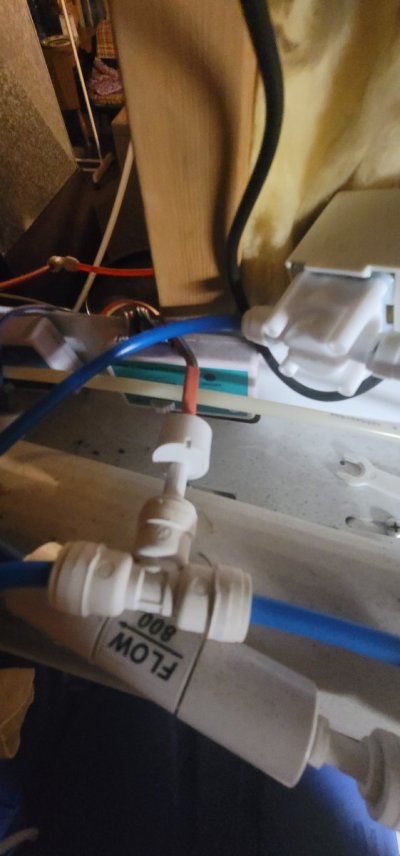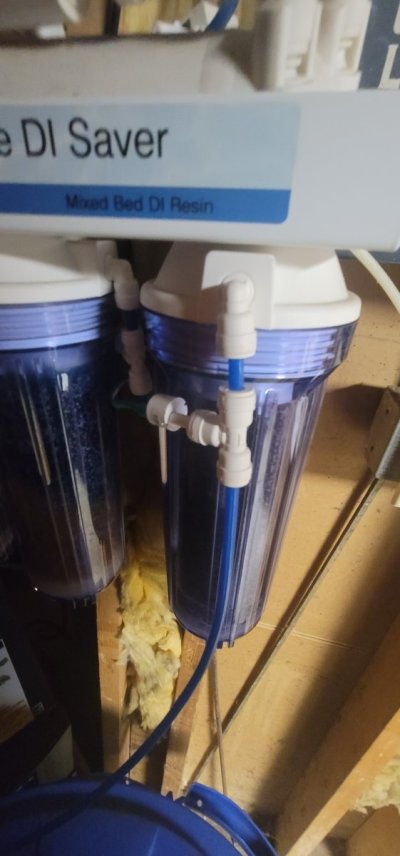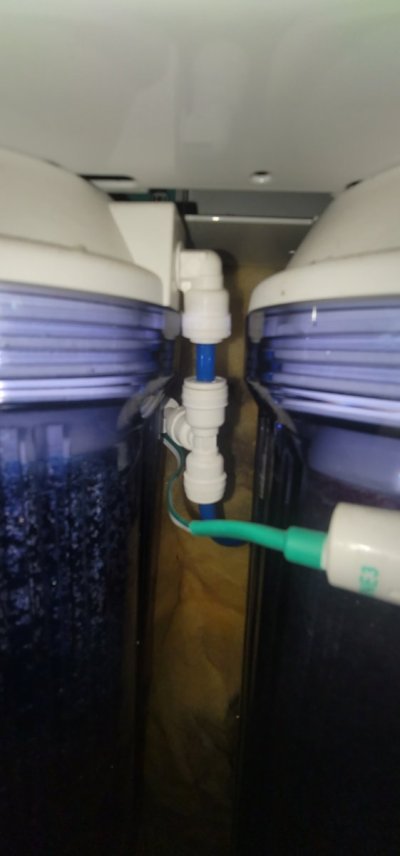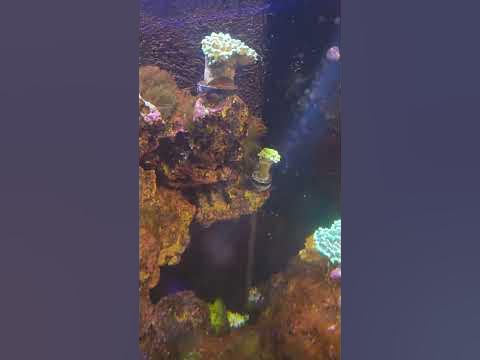- Joined
- Jan 21, 2014
- Messages
- 1,949
- Reaction score
- 614
I have one that already came in built in on my 6 stage rodi unit. Its the same one u linked. My brs unit 6 stage is 1 year old.Charbel101........
You are very confusing to talk to also.
You have said, you have 1 meter to check TDS.
Then you say you have one after membrane and one after di. My math tells me that is two TDS meters.
Then the last statement you said you have one after the di.
Which is it???
Do you have 1? Do you have 2? Do you have one with two check spots like I showed you from Amazon?
I'm really trying to help but tell us what you own. I would not want you to buy another thing you don't need.
In my water production I have a dual and a tri meter.
I can check before the membrane, after the membrane, before the DI mixed bed and after the DI mixed bed. I still have a spare. I use that one after my anion and cation stages.





